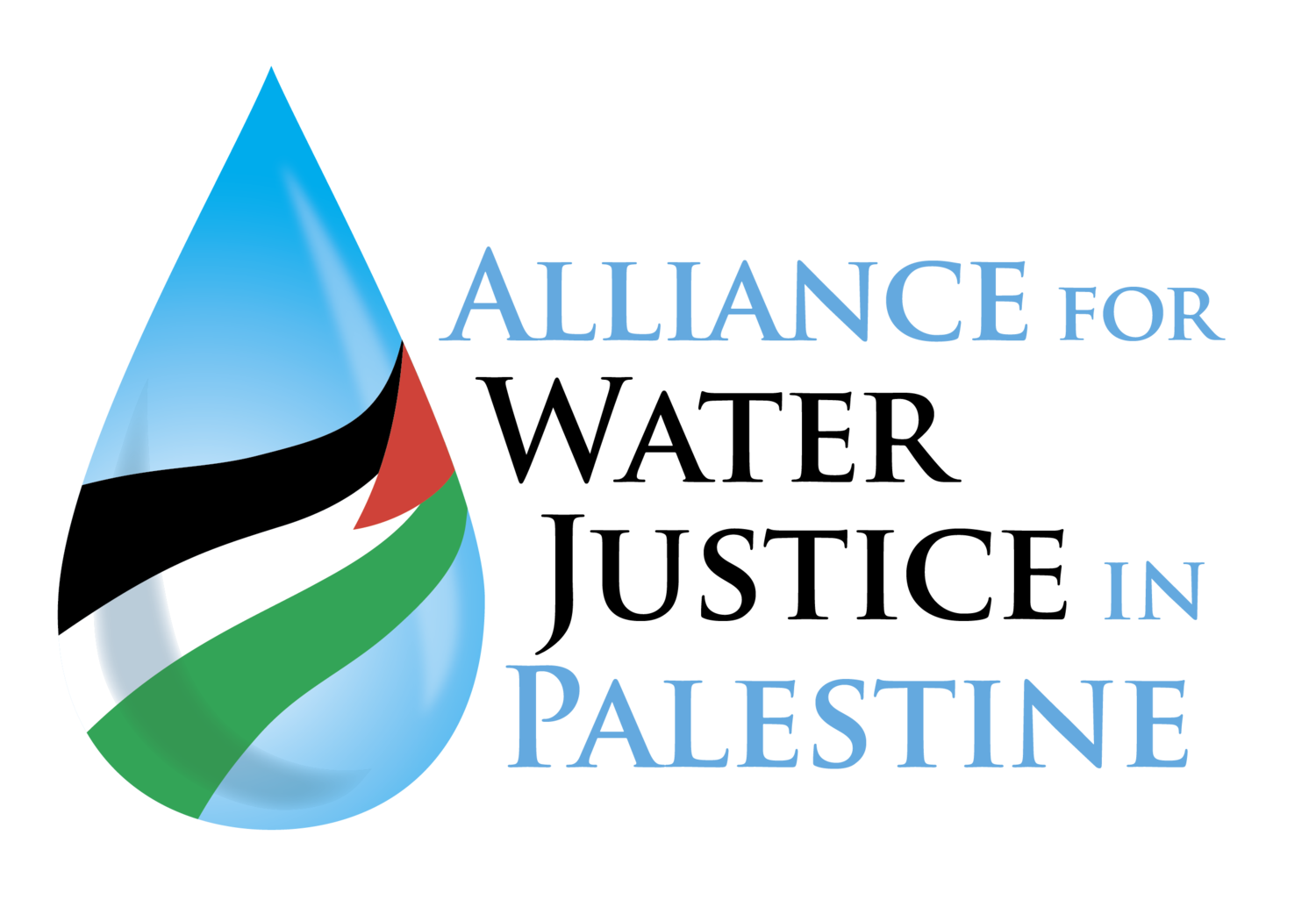Bi-Weekly Brief for October 5, 2020
Israel roiled by runaway Covid-19 and widespread protests
With 268,175 cases (some 70,000 of them active) and nearly 1,700 deaths, Israel’s hospitals are overwhelmed and its per capita death rate has surpassed that of the US. A third of those affected are Ultra-Orthodox, who vigorously protested new restrictions implemented at the start of Rosh Hashana, and have clashed with police when they tried to enforce them. The restrictions limit the months-long anti-Netanyahu rallies to local clusters of 20, with travel of over one kilometer prohibited. Haaretz (Oct. 3) reported that local rallies demanding Netanyahu step down took place in hundreds of locations, with scores arrested and demonstrators subjected to violence by both police and gangs of Netanyahu’s supporters. The mayor of Tel Aviv was among the injured.
Palestinians struggle with Covid-19 and with keeping the national cause alive
In Palestine there have now been 52,013 cases (10,841 in East Jerusalem) and 390 deaths. Among these are 3,427 confirmed cases and 23 deaths in the Gaza Strip, where there is a dire shortage of testing equipment. With the Israel-UAE deal revealing that the Palestinian national cause urgently needs life support, Hamas and Fatah have agreed to hold within 6 months the first legislative and presidential elections in Palestine in 15 years (Haaretz, Sept. 24). Islamic Jihad has said it would participate in elections to reconstitute the PLO (Palestine Chronicle, Oct. 3).
Egypt joins the Israeli army and settlers in physically attacking Palestinians
On Sept. 26, 2 fishermen from Gaza were killed and another injured by Egyptian naval forces when they strayed into Egyptian waters. Israeli gunboats opened fire and sank 3 Gazan fishing boats on Sept. 28, and fired on more the following day, causing panic. Dozens of Palestinians have been wounded with live ammunition as the army suppressed protests around the West Bank and, on Sept. 26, fired into the Gaza Strip near Rafah. On the same day, two 13-year-olds and one 12-year-old were arrested near Jenin and taken to an unknown destination. On Sept. 29, the army blocked Palestine TV journalists from filming the demolition of 2 houses in the Jordan Valley and confiscated their vehicle. Settlers continue to stage brutal attacks. On Sept. 25, settlers burned 50 olive trees at al-Khader village. The next day, settlers near Nablus attacked 2 poultry farms, punctured their water tanks, damaged electricity panels and water pumps and set fire to the land and vehicles. Soldiers fired tear gas when residents tried to stop them. On Sept. 28, settlers assaulted a farmer near Nablus who had to be hospitalized. On Oct. 2, a settler rammed his car into a flock of sheep near Hebron, killing 10.
Water Fact
The Palestinian Center for Human Rights reported that on Sept. 24 the Israeli army issued a military order confiscating 1,639 square meters of land owned by a Palestinian farmer in the Jordan Valley in order to expand a water pumping station supplying Israeli settlements and military camps with water from an artesian well.
See the Palestine Chronicle and the Palestinian Center for Human Rights
Banner design by Paul Normandia of Red Sun Press


